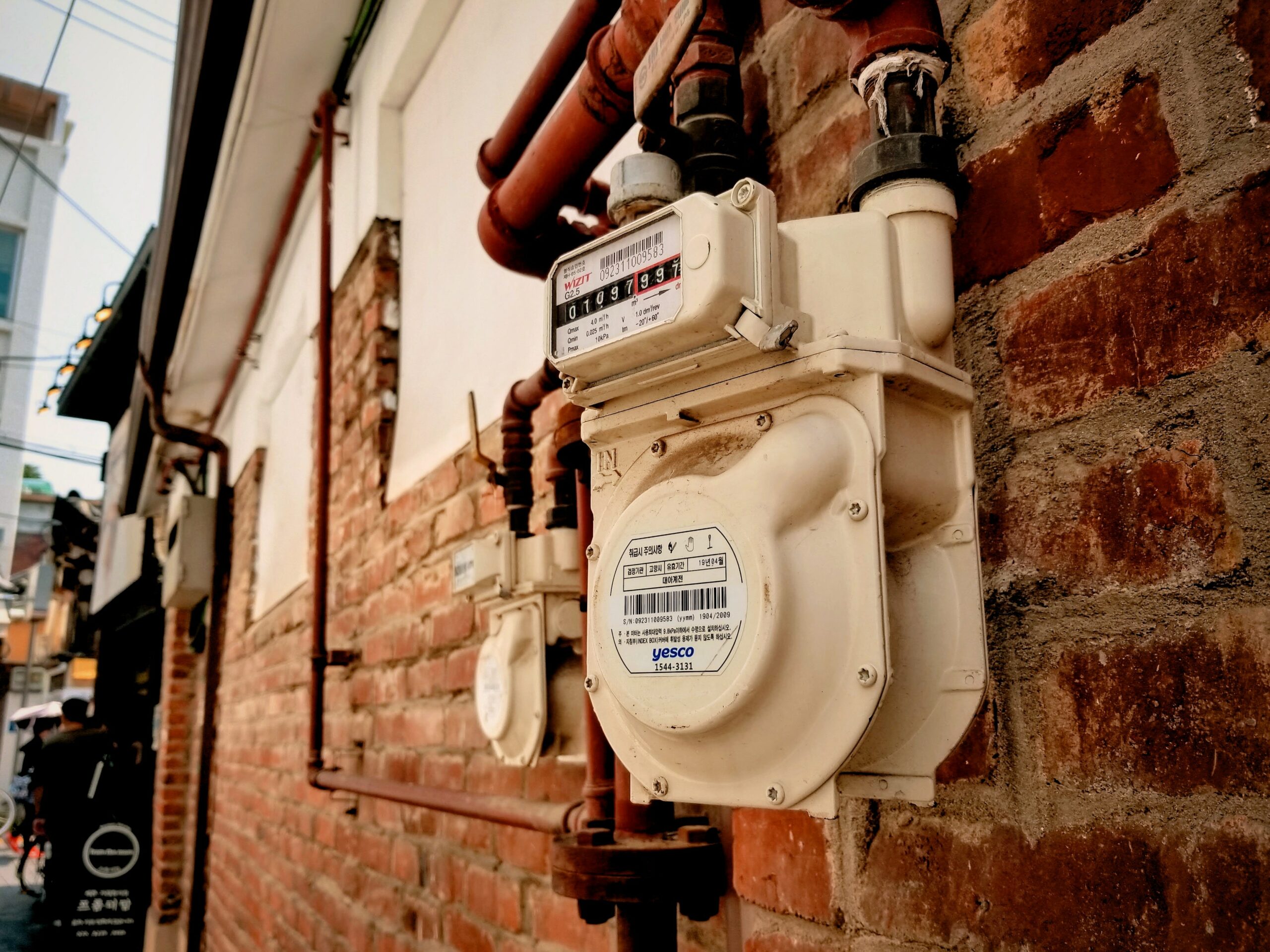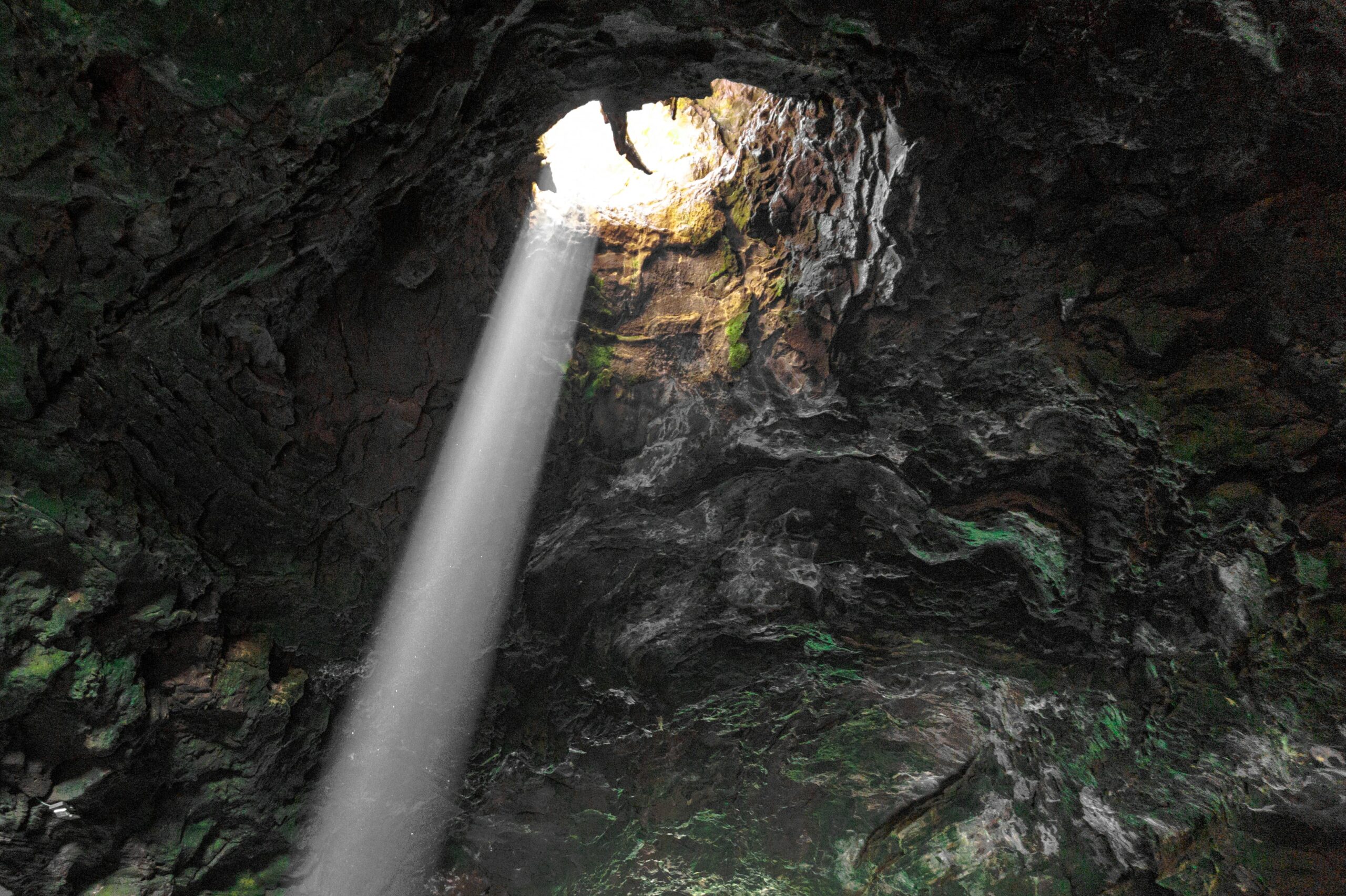Many homeowners dread the prospect of having to deal with a broken or severed underground water connection. The cost of repairing a busted line appears to be comparable to that of repairing a sewer pipe. You’re working on a project that’s affecting your personal and professional life. However, this isn’t necessary.
You may repair your water line, or at least portions of it, by breaking it down into manageable chunks. In addition to lowering individual costs, the project’s overall cost is being brought down. It’s easier to repair a water pipe because it’s closer to the ground than a sewer line. It is not necessary to rent a small excavator because the digging can be completed entirely by hand.
Before You Start:
First and foremost, determine if there is, in fact, a leak. There are several common signs that your underground water pipe is leaking: Municipal water prices have risen at an unexpected rate. Even if there is no water running in or around the house, the water meter indicator continues to rotate. The lawn has a few mushy, squishy areas. The ground is either sinking or rising. Faucet and showerhead pressure in the house is low.
What You’ll Need in the Way of Tools and Equipment:
- Shovel
- Spade
- Tarp
- Hammer
- A wrench has a handle that can adjust.
- Screwdriver
- a tool specifically designed for turning off the water and gas (optional)
- Bucket
- Vacuum the shop
- Materials
- Service pipe for the water supply (usually 1-inch diameter)
- twine or string
- Stakes made from wood
Instructions:
Aim to Find the Leak. Locate the leak’s exact position after you’ve determined its approximate location. Running a sightline from your home’s street-side water meter to the point where the water enters your home is one way to do this. A stake at the water meter and another stake near the point where potable water enters your home are good places to start with this. Tighten a twine or string and run it between the stakes.

Turn the Water Off:
Turn off your house’s water supply by finding the shut-off valve. Open the water meter box made of metal. Look for the valve next to it (not the street side). Turn it counter-clockwise with care. A gadget explicitly designed for shutting off water and gas is recommended. If you don’t already have one, get one. A screwdriver can be placed into the back of the adjustable wrench and used to crank the wrench.
Excavate the Hole:
Spread out the tarp in the vicinity of the leak. The heaviest water concentration in the soil should serve as the second axis for your twine or thread. Get rid of the string. Make a hole in the earth. Should place the tarp on top of the soil and dirt.
Drain the Trench of Water:
With a bucket, remove the water from the trench. To finish, use a shop vacuum set to wet mode to remove the remaining water.
Repairing the Water Pipes:
It all depends on the age of your house and any later renovations. A variety of materials are acceptable for Underground Water lines, including but not limited to copper, PVC, galvanized steel, CPVC, and PEX. Substitute equivalent materials for the old ones.

In most cases, this pipe will have a diameter of 1 inch. In most jurisdictions, the diameter of an Underground Water pipe must be at least 3/4-inch. It must be at least 5 feet away from any waste or sewer pipes, and it must be free of disturbance or compacted soil.
It is now necessary to put it through its paces:
Turn the meter’s nut counter-clockwise to turn on the water. You don’t need to turn on the water to your residence just yet. Should examine your repair under stress to ensure its integrity. You should leave the trench open until inspection if you are required to get a permit for the job.
Fill in the Gaps:
It would help if you did this once you’ve completed your repair. Replace the sod, if necessary, by hand at the end of the project. Activate the Underground Water supply to the residence.

